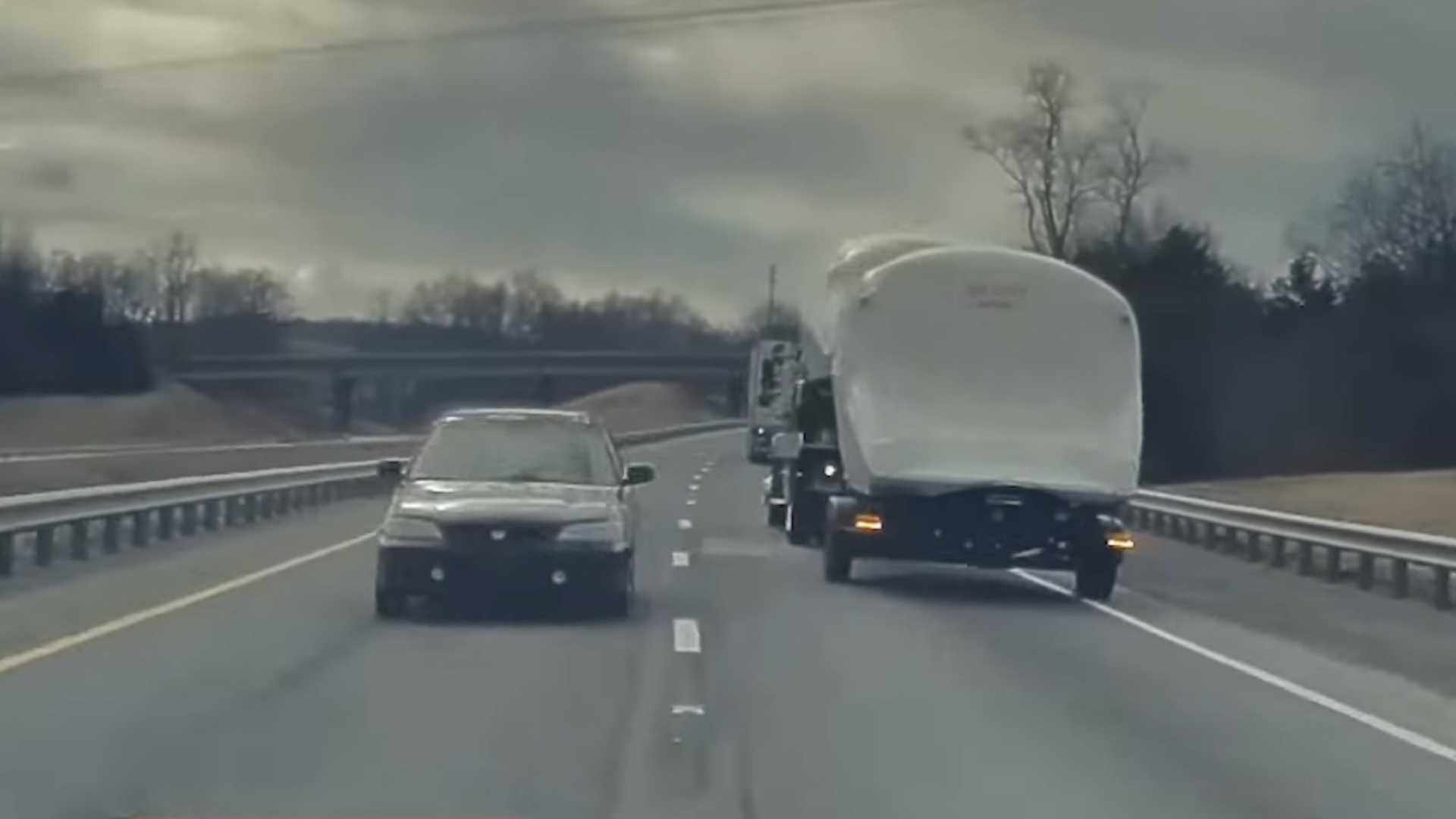petit_bateau
Active Member
I haven't been able to identify a resource constraint on the cell supply side that acts for any significant / identifiable duration. I'm not saying that one won't become available, and I'm not saying that I've done some massive investigation, but I've been asking around for a while and nobody has murmured a peep. I've spent a while in my life pulling stuff out the ground so I know there is a cost to it and plenty other issues. Exploration cycles and stuff like that. But the evidence to date is the cell supply industry is solving the challenges so as to scale in a cost-effective manner in conjunction with their their client base. So for now my model runs without a cell supply growth constraint.Can you clarify if you see any significant impact from battery recycling efforts?
Also, is the stationary storage the requirement to stabilize the grid for anticipated growth, or is it to get to that point of stabilization by 2040 -in other words, is that the steady state, or the ramp to get there?
Thanks
Given that I don't particularly mind if the cells are first life or second life. However by 2040 the second life & related reuse/recycle efforts should be beginning to get serious volume. So if anything that eases things much as in the steel or aluminium or copper industries, i.e. load once, then reuse and just add raw material for growth and wastage. If I could identify a constraint I'd sweat this aspect a lot harder. If anyone knows a constraint please speak up. In fact that is the main reason I have put a scale marker down on the table so as to get the hive mind to focus.
It just so happens that the natural outcome was complete transfer by ~2040. I didn't set it up to achieve that, it was just how the model solved, even after allowing for transfer constraints that I built in. That included allowing for per capita energy growth, and for population growth, and of course the consequences of transferring from fossil to renewable (i.e. for anyone who models this stuff I've allowed for the difference between substituted and direct, and consequent shrinkage in substituted). But given that a full transfer occurs then that becomes the new 'steady state'. However it doesn't account for any 'extra' additional demand arising from dreams of infinite free energy - they may exist but I am a cautious person. The implicatio is that this is ramp over, stable state achieved. But I will say that it is with less of an intermittency buffer than I would like - I used to have the toolset to model intermittency buffers very well, but right now I am having to drive on a reservoir of knowledge in that area, nevertheless it does look light to me and so further intermittency reinforcement might be helpful. Against that, I should also point out that I haven't explicitly quantified any potential high capacity long distance (1000-km x 100+GW) grid links that can make a non-trivial impact on storage requirements.
We keep assuming that batteries will be the growth limiter. Is it really true? Reasons to be positive:
- Batteries (specifically in Tesla's 2 recent form factors) are fast becoming commoditised
- Tesla are removing people from manufacturing them and will standardise the equipment
- Tesla are buying up what they need 5+ years ahead and others will be forced to follow
- LFP - no obvious resource shortages
- Tesla will be planning 2x the automotive need due to TE. If TE does not meet its targets then Tesla can still meet it's overall goals. This is a huge buffer.
- Tesla are making it their number one priority - buying mines etc. if needed
Perhaps I am phrasing things poorly, please excuse me. This calculation does not assume that the batteries will be the growth limiter, quite the reverse. Instead it sets out the minimum supply required for them not to become the growth limiter. In fact the model drivers are:
- on the vehicle side : the history-matched S-curve that works equally well for all three of (#EV; EV-GWh; %EV);
- on the global energy side : the observed historical growth rates (and observable changes to growth rates) in all the non-fossil categories (and the rate changes in fossils) + population changes + energy/capita + various constraints except for in cell supply + drivers for intermittency coverage + the given levelised cost environment we have.
- and the result assumes that cell supply is not the limit provided that this cell quantity is achieved (as the intermittency coverage is set at a scanty level, i.e. probably better be higher as a first order estimate).
- the assumption that external (endogenous) perverse incentives do not materially interfere (e.g. ROPEC+ declaring war on humanity, etc).
It is actually a very simplistic model as these things go, but sufficient for my purposes at this time.
Personally I thought the result was quite positive, i.e. full vehicle transfer by 2030, and full energy transfer by 2040. I've not seen any other serious modelled scenario that comes out with anywhere near as optimistic an outcome as that. (I think) this is because I am identifying the real current situation from a position of clarity, and I am able to cut a minimal-necessary model in a very short time in a particular manner. I expect that in three years time all the mainstream modellers will start to cautiously put forwards what I am seeing as their 'best' scenario, but they have such long revision cycles and publication cycles they are always driving in the rearview mirror 5-years after the event. So anyway how fast do you think this transition can be done ?




